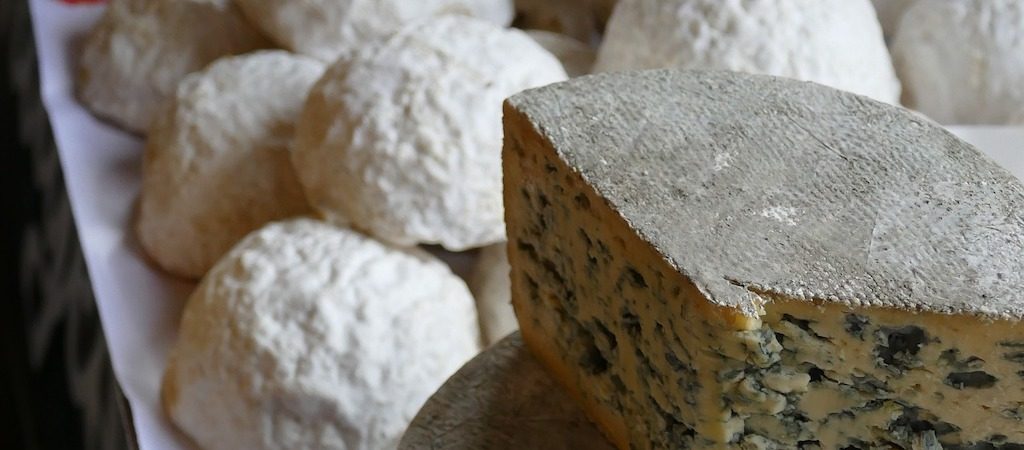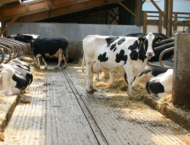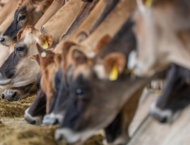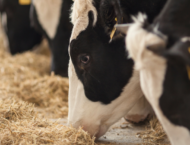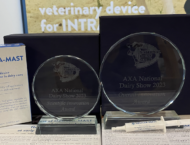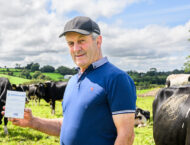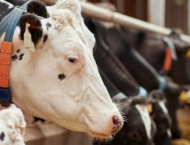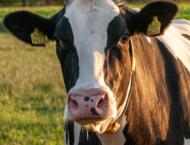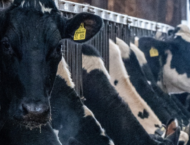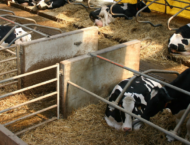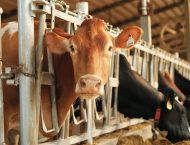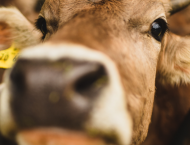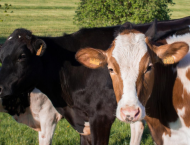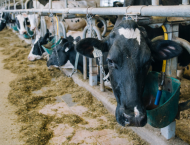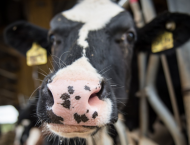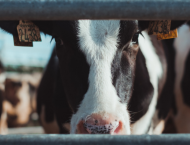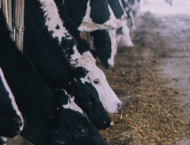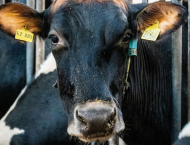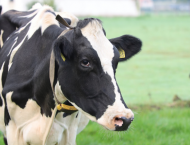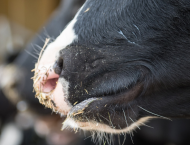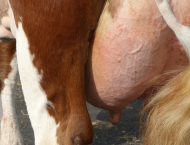The EU regulatory framework for food safety sets out maximum residue limits (MRLs) in foods for drugs used in livestock1. This criterion helps farmers provide safe foods on the basis of previous risk assessments conducted for veterinary medicinal products prior to their marketing authorization.
MRLs are defined with the aim of protecting consumer’s health. However, technological issues occurring due to drug residues may be an impediment to efficient dairy processing.
During cheesemaking, antibiotic residues follow distinct routes, migrating from milk to cheese or whey and decreasing during ripening. Also, we have already explored their effects on starter cultures6.
Interesting findings on the different routes for residues come from research exploring these issues (with residues compliant with EU MRLs) in Tronchón cheese, a traditional dairy product from Eastern Spain.
Depending on the physicochemical characteristics of the antibiotic, residues are transferred from milk to cheese to a higher or minor degree.
In a recent study2, this aspect was assessed for the seven most widely used antibiotics (at MRLs) in dairy goats along with their effect on the cheese-making process and cheese characteristics during ripening. The resulting Tronchón cheese was assessed at 0, 30 and 60 days of ripening to determine pH, chemical composition, proteolytic and lipolytic activities, color and textural properties. A sensory evaluation of 60-day ripened cheeses was carried out.
Except for two different active substances, the cheese making process was not significantly affected by antibiotics. Variable concentrations of antibiotics (7.4-68%) were transferred from milk to cheese and, in general, residues tended to decrease during ripening, particularly at the beginning. Despite the decrease, relatively high amounts of enrofloxacin (148 ± 12 μg/kg) and ciprofloxacin (253 ± 24 μg/kg) residues were detected in cheese after 60 days of ripening.
The cheese-making process and the quality properties of the ripened Tronchón cheeses were only slightly affected by the presence of antibiotics in milk at an equivalent EU MRL concentration. By the way, these slight changes were not detected by the sensory panel.
In a different work3, the authors assessed the presence of oxytetracycline (at different concentration, lower and higher than legal MRLs) in goat milk and the effect on the volatile profile of ripened Tronchón cheese. Residues were largely transferred from milk to cheese, but significantly decreased during ripening (88.8 to 96.5%). The volatile profile of ripened cheeses was not affected by the presence of oxytetracycline in goat milk.
Another study5 indicates that, for most non-β-lactam drugs, there is a reduction (84–100%) in relative antimicrobial activity in whey, indicating that there is a higher susceptibility for retention in curd.
Moreover, Gamba et al. (2020)5 confirmed previous findings about the effect of milk skimming on the reduction of residues: this process does not allow nor slightly allow the reduction of residue concentrations and a large amount of substances is transferred to the milk intended for further processing. In the same research, the authors determined the persistency in ripened soft cheese of one of the antibiotics investigated: after two weeks, the concentration dramatically decreased. Working with a different substance, the authors also noticed an inhibition of lactic acid bacteria that led to the ideal environment for microbial contaminant proliferation with alterations and defects of the cheese.
These findings give a broad perspective of the destiny of residues along the cheese making process. Working with undetectable concentrations seems to be technologically ideal. Now that we are facing an even harder challenge, that of AMR, alternative tools and best management practices become vital.
OZOLEA has designed and now is providing dairy farmers with innovative and sustainable tools for the reduction of antibiotics in dairy farming, allowing dairy processors to to obtain the best outcome from a residue-free milk.
1 Reducing antibiotic usage can benefit dairy processing.
https://www.ozolea.it/reducing-antibiotic-usage-can-benefit-dairy-processing/
2 P. Quintanilla, M. C. Beltrán, A. Molina, I. Escriche, and M. P. Molina, 2019. Characteristics of ripened Tronchón cheese from raw goat milk containing legally admissible amounts of antibiotics.
- Dairy Sci. 102:2941–2953, © American Dairy Science Association®, 2019.
DOI: https://doi.org/10.3168/jds.2018-15532
3 P. Quintanilla, K.A. Hettinga, M.C. Beltrán, I. Escriche, M.P. Molina, 2020. Short communication: Volatile profile of matured Tronchón cheese affected by oxytetracycline in raw goat milk. VOLUME 103, ISSUE 7, P6015-6021, ©2020 American Dairy Science Association®.
DOI: https://doi.org/10.3168/jds.2019-16510
4 J. Giraldo, R. L. Althaus, M. C. Beltrán, M.P. Molina, 2017. Antimicrobial activity in cheese whey as an indicator of antibiotic drug transfer from goat milk. International Dairy Journal – Volume 69, June 2017, Pages 40-44
DOI: https://doi.org/10.1016/j.idairyj.2017.02.003
5 Gamba V., Bolzoni G., Monastero P., Losio M. N., Daminelli P., 2020. Residui di antibiotici sulle colture lattiche del siero innesto e nel formaggio. Grana Padano Insieme, Gennaio 2020, Consorzio Tutela Grana Padano.
https://www.granapadano.it/public/sfogliabili/grana-padano-insieme/gennaio-2020/#60
6 Antimicrobial residues and lactic acid bacteria in cheese making.
https://www.ozolea.it/antimicrobial-residues-and-lactic-acid-bacteria-in-cheese-making/

